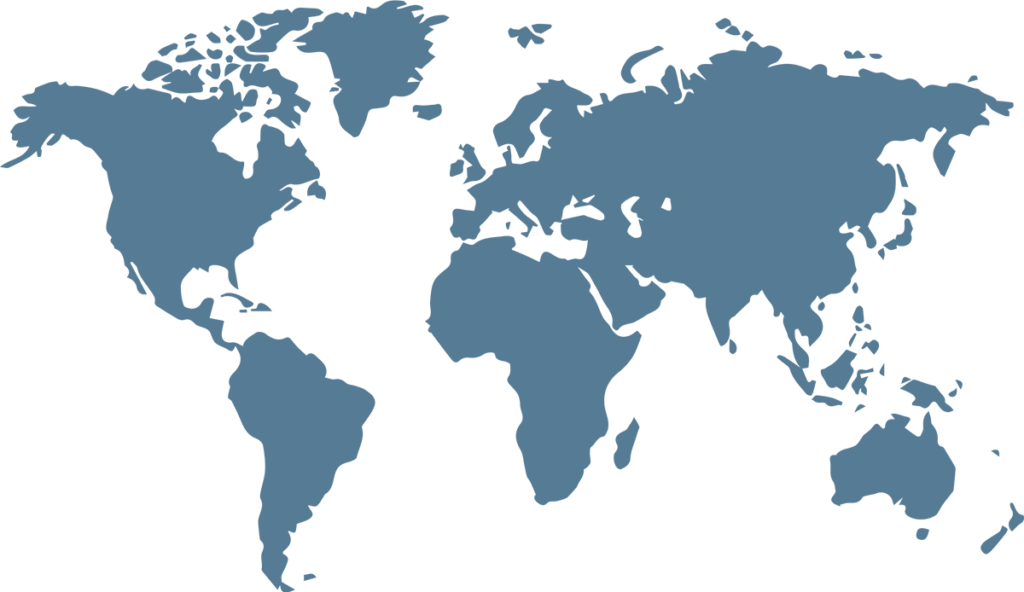Located in the south of China, the South China Sea is traditionally considered its backyard by China. It has its commercial value; however, its strategic importance outweighs the former for China. Its strategic importance for China is similar to that of the English Channel for the UK and the Central Pacific Ocean around Hawaii for the USA. Taiwan, Philippines, Malaysia and Vietnam have borders along the Sea and have disputes over territories including the Spratly and Paracel Islands, the Scarborough Shoal, and the Gulf of Tonkin. Although India has no dispute with any other state in the region, including China, its growing interest is alarming for China, particularly from the prism of the Indo-US strategic alliance to counter the growing China in the region. India has somehow chosen Vietnam as a gateway for its entry into the South China Sea.
Thus, India needs to align itself with the USA all along. Since it suits India to adopt the US policy in the region against China for the time being for its strategic compulsions, however, she is cognizant of the possibilities of the changing scenarios in the few decades and thus is not going all out against China. History shows that today’s competitors might be in alliances in a few decades against today’s partners
What’s the motivation of India to venture into the South China Sea when even Australia is reluctant to openly alienate China through posturing in the region? The answer lies implicitly in the Modi government’s vision of the ‘Indo-Pacific Region’ capitalizing on ASEAN countries and using waterways for its economic and strategic compulsions.
But India is not alone. South East Asia is of great importance in the contemporary scenario for both India and the USA to contain China. China is already exerting its influence in the traditional Indian sphere of influence in the Indian Ocean through its ‘Strings of Pearl’ policy which stretches from the Asia Pacific to the Indian Ocean to the Middle East and even the Red Sea.
Vietnam has a common objective with the USA and India to counter the growing Chinese influence in the region. The USA and Vietnam have been signatories to Comprehensive Partnership since 2013, which is likely to be translated into Strategic Partnership if gauged from the outcome of the April visit of Secretary of State Anthony Blinken to Vietnam. The pivot revolves around a connected, open Indo-Pacific in line with US strategic policy in the region.
However, Vietnam is cognizant of its strategic geographical position and the ongoing tug-of-war between the two powers. If, on the one hand, it is considering strategic relations with the USA, then on the other, it is also celebrating 15 years of Comprehensive Cooperation Policy with China. The day the aircraft carrier USS Ronald Reagan sailed into Vietnam on June 23, the Vietnamese premier met the Chinese Leadership in Being. So a delicate balance in Vietnam is being maintained in terms of its foreign policy objectives.
India, however, is trying to appease the countries alongside the South China Sea. The defence collaboration between India and Vietnam is at least a decade old. Vietnam purchased 12 offshore high-speed patrol boats for its Navy in 2013 through the Indian Defence LoC. Vietnam also features regularly in the Milan Naval exercises being hosted by India. India has also activated a satellite tracking system in Hanoi which helps Vietnam to track Chinese Naval activities in the region. On June 22, India and Vietnam signed security-centric agreements for defence engagement. India has also offered the Brahmos & Akash missile defence system to Vietnam, torpedoes, and coastal batteries.
Recently, on July 23, it gifted INS KIRPIN to Vietnam as part of its Maritime appeasement policy toward Vietnam to counter Chinese outreach in the Indian Ocean Region. Indian Foreign Minister Jai Shankar’s recent statement in the Philippines calling for China to abide by the 2016 arbitral award on the South China Sea is a testimony of that. India is also trying to extend its influence on the ASEAN countries toward South China. It succeeded in its projection by successfully participating in/conducting the India-ASEAN Maritime Exercise (AIME) on May 23.
The trend is clear that India is on the path to complement the US Indo-Pacific policy to counter China and its growing influence in the South China Sea, by maritime development of Vietnam and diplomatic support to other countries of the region with regard to its disputes with China, however, India is aware of the emerging realities of the world. On the one hand, it is part of the USA Security apparatus; however, it is part of BRICS with China to counter US Economic dominance.
Thus, India needs to align itself with the USA all along. Since it suits India to adopt the US policy in the region against China for the time being for its strategic compulsions, however, she is cognizant of the possibilities of the changing scenarios in the few decades and thus is not going all out against China. History shows that today’s competitors might be in alliances in a few decades against today’s partners.
Source : PakistanToday


